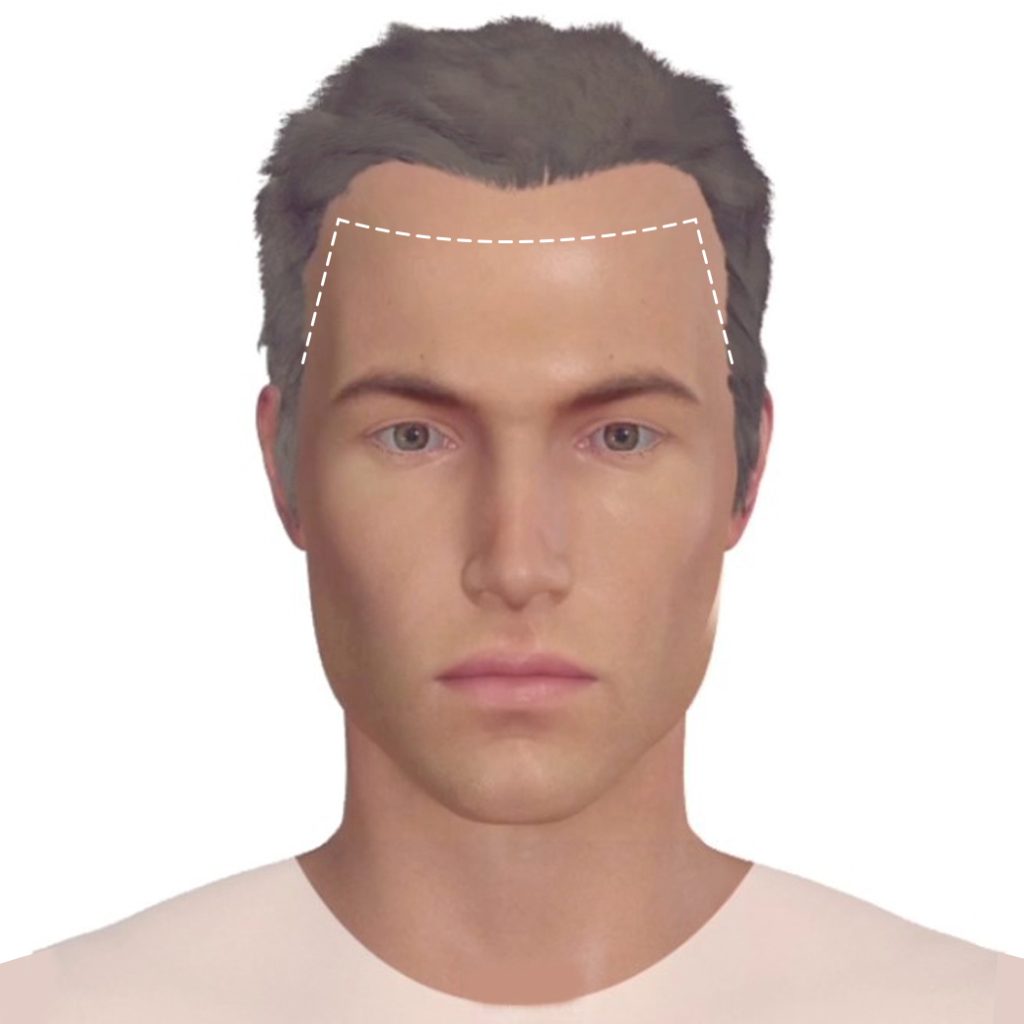Female to Male Hair Transplant
Exploring the Art of Hair Design
Facial hair design is a form of artistic expression that involves shaping and grooming the hair on a person’s face to create a specific look or style. This art form has been around for centuries and has evolved over time to reflect changing trends and cultural norms. Today, facial hair design is a popular practice among men of all ages and backgrounds, and there are many different techniques and styles to choose from.
One of the key elements of facial hair design is understanding the different types of hair and how they grow. This knowledge is essential for creating a well-groomed and balanced look that complements a person’s facial features. For example, someone with a round face may want to create the illusion of a more angular jawline by growing a beard that is longer on the chin and shorter on the sides.
Another important aspect of facial hair design is choosing the right tools and products. This can include everything from scissors and razors to beard oil and balm. Each tool and product serves a specific purpose, and using the right ones can make a big difference in the final result.
Facial hair design is also influenced by cultural and social trends. For example, in the 19th century, full beards were popular among European men, while in the 20th century, the clean-shaven look became more fashionable. Today, there is a wide range of styles to choose from, including mustaches, goatees, soul patches, and full beards.
Ultimately, facial hair design is about creating a look that is both aesthetically pleasing and reflective of a person’s personality and style. Whether it’s a bold and dramatic statement or a subtle and refined touch, facial hair design is a unique and personal form of self-expression that can be enjoyed by anyone who wants to explore their creativity and individuality.
Creating a Masculine Hairline with Hair Transplants



High Forehead
Square Forehead Marked Size
Creating a Masculine Hairline
Facial Hair Transplant for Transgender Men
Hair transplant is a commonly used procedure for transgender men who are seeking to enhance their masculine appearance by growing a beard, mustache, or other types of facial hair. This procedure involves taking hair from a donor site on the patient’s own scalp and transplanting it to the desired area on the face. For transgender men who have undergone hormone therapy as part of their transition, hair transplant can be an effective way to complement the changes brought about by testosterone therapy. Testosterone can cause an increase in facial hair growth, but the extent of this growth can vary widely depending on individual factors such as age, genetics, and hormone levels.
Hair transplant can help to fill in areas where facial hair growth is sparse or uneven, providing a more natural and aesthetically pleasing appearance. The procedure is generally considered safe and has a high success rate when performed by a qualified and experienced surgeon. It is important for transgender men who are considering hair transplant to have realistic expectations about the results and to work closely with their surgeon to develop a customized treatment plan. The procedure may require multiple sessions to achieve the desired density and coverage, and the recovery period can last several weeks.
Overall, hair transplant can be an effective and safe option for transgender men who are seeking to enhance their facial hair growth as part of their gender transition. It is important to consult with a qualified surgeon and have a thorough understanding of the risks and benefits of the procedure before undergoing treatment.
Regenerate response
The recovery timeline for FUE (Follicular Unit Excision) and FUT (Follicular Unit Transplantation) hair transplants
The recovery timeline for FUE (Follicular Unit Excision) and FUT (Follicular Unit Transplantation) hair transplants are generally similar. However, there are some differences in the recovery process due to the differences in the techniques used. Here is a detailed timeline of recovery for both types of hair transplants:
FUE Hair Transplant:
Day 1-2: The patient will experience some discomfort, swelling, and redness on the scalp. Pain medication may be prescribed to help manage the pain.
Day 3-5: Patients are advised to avoid any strenuous physical activity, heavy lifting or bending over. Patients may be advised to wash their hair gently to remove any crusts or debris from the surgery.
Week 2-3: The patient may begin to notice some hair shedding which is normal after the procedure. There may still be some sensitivity or itchiness around the transplanted area.
Week 4-6: By this point, most of the swelling and redness should have subsided. However, the patient may still need to avoid any strenuous physical activity or contact sports.
Month 3-4: New hair growth may begin to appear, and the transplanted hair should start to thicken. The scalp may still be sensitive and patients should continue to avoid any activity that could damage the scalp or hair grafts.
Month 6-12: Patients should continue to follow the surgeon’s instructions for post-operative care during this period. The hair should continue to grow, and patients may need to continue taking medications prescribed by the surgeon to maintain the health of the hair and scalp.
After 1 year: The patient should have a good idea of the final results of the hair transplant by this point. However, continued maintenance and care of the hair and scalp are essential for long-term success.
FUT Hair Transplant:
Day 1-2: The patient will experience some discomfort, swelling, and redness on the scalp. Pain medication may be prescribed to help manage the pain.
Day 3-5: Patients are advised to avoid any strenuous physical activity, heavy lifting or bending over. Patients may be advised to wash their hair gently to remove any crusts or debris from the surgery.
Week 2: Sutures may be removed during this period if used, and the patient may be advised to return to work if their job does not require heavy lifting or strenuous activity.
Week 4-6: By this point, most of the swelling and redness should have subsided. The patient may begin to notice some hair shedding which is normal after the procedure.
Month 3-4: New hair growth may begin to appear, and the transplanted hair should start to thicken. The scalp may still be sensitive, and patients should continue to avoid any activity that could damage the scalp or hair grafts.
Month 6-12: Patients should continue to follow the surgeon’s instructions for post-operative care during this period. The hair should continue to grow, and patients may need to continue taking medications prescribed by the surgeon to maintain the health of the hair and scalp.
After 1 year: The patient should have a good idea of the final results of the hair transplant by this point. However, continued maintenance and care of the hair and scalp are essential for long-term success.
It is important to note that recovery timelines can vary, and some patients may experience a faster or slower recovery than others. It is important to follow the surgeon’s instructions carefully and attend all follow-up appointments to ensure the best possible outcome.
